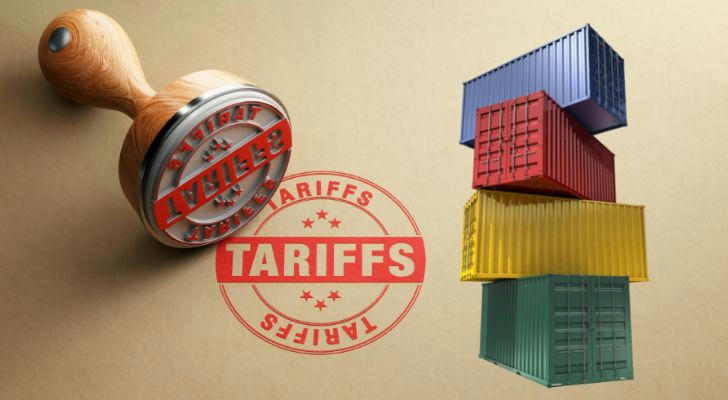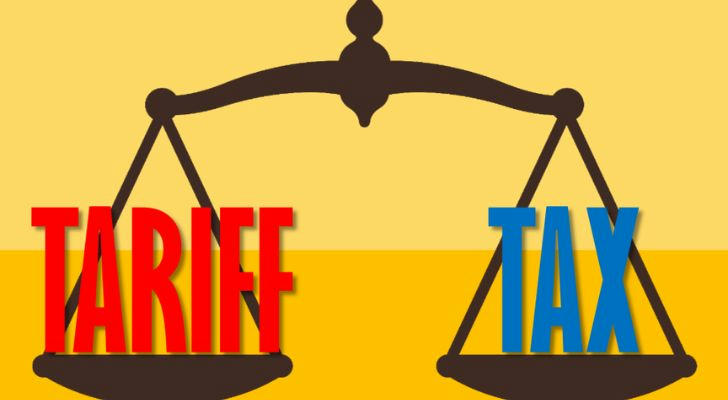Understanding US Tariffs: The Hidden Costs Behind Price Tags
Tariffs might sound like a dry economic term, but they have very real effects on everyday life, especially in the United States. In 2025, U.S. tariffs have reached levels not seen since the early 20th century, impacting everything from shoes to smartphones. This article dives into what tariffs are, why they matter, and how recent U.S. tariff policies are affecting consumers, businesses, and the economy as a whole.

What Are Tariffs and Why Do They Matter?
A tariff is essentially a tax imposed on imported goods. When foreign products enter the U.S. market, tariffs make them more expensive, ideally encouraging consumers to buy domestic products instead. Governments use tariffs to protect local industries, reduce trade deficits, or as leverage in trade negotiations.
However, tariffs are a double-edged sword. While they can help certain domestic industries, they often raise prices for consumers and disrupt supply chains. The U.S. has seen a surge in tariffs recently, especially under policies aiming to reduce trade imbalances with countries like China.
The 2025 Tariff Landscape: Numbers That Speak Volumes

According to research from Yale’s Budget Lab, the average effective tariff rate faced by American consumers in 2025 is about 28%, the highest since 1901. This means that, on average, imported goods are taxed nearly a third more than before, pushing up prices across the board.
Some sectors feel this more acutely. For example, clothing and textiles have been hit hard, with shoe prices rising by 87% and apparel prices by 65% in the short term. Even after consumers adjust their buying habits, long-term prices for shoes and apparel remain roughly 29% and 25% higher, respectively.
This price inflation translates into significant financial strain. The average household faces a short-run loss equivalent to about $4,900 annually, with lower-income households losing around $2,200. Even after adjusting for changes in consumption, the price increase still represents a loss of $2,600 per household.
The Ripple Effects: Beyond Just Price Tags
Tariffs don’t just make products more expensive—they ripple through the entire economy. Research from the Wharton Budget Model projects that these tariffs reduce U.S. GDP growth by about 1.1 percentage points in the short term and result in a long-term GDP contraction of 0.6%. This shrinkage is roughly equivalent to $180 billion annually.
Reduced GDP growth means fewer jobs and lower wages. The same research estimates wages could fall by up to 5% in the long run, with households facing lifetime income losses that dwarf the revenue generated by tariffs. This economic drag comes from reduced capital investment and lower worker productivity, as tariffs disrupt the flow of goods and capital.
Who Bears the Burden?
While tariffs are technically taxes on imports, the cost almost always falls on domestic consumers and businesses. Importers typically pass the extra costs to retailers, who then raise prices for shoppers. Small businesses, which often operate on thin margins, are particularly vulnerable. Many report facing a tough choice: raise prices and risk losing customers or absorb the costs and cut into profits.
Take the fashion industry, for example. The U.S. imports over 98% of its clothing and 99% of its footwear. Tariffs on apparel from countries like Vietnam, Cambodia, and China have soared to as high as 54%, causing major price hikes. This not only affects consumers but also sends shockwaves through the entire supply chain—from textile makers to farmers.
A Real-World Example: Washing Machines
A case study on tariffs imposed on washing machines illustrates the unintended consequences. When tariffs were applied in 2018, prices for washing machines climbed sharply, and imports dropped. However, domestic manufacturers didn’t lower their prices to compete; instead, they raised prices as well. The net effect was higher costs for consumers without significant gains in domestic market share or employment. The cost per American job created was estimated at over $800,000, highlighting inefficiencies in the tariff approach.
The Trade War: U.S. vs. China
Trade tensions between the U.S. and China have been a major driver of recent tariff increases. In 2024, the U.S. imported $439 billion worth of goods from China but exported only $143.5 billion back, creating a massive trade deficit. To address this, tariffs on Chinese imports have reached 145%, making Chinese goods more than double in price for American buyers.
China retaliated with tariffs of its own, escalating the trade conflict. This tit-for-tat has created uncertainty and volatility in global markets, affecting prices and availability of everyday products like smartphones and semiconductors.
What Does the Future Hold?

While tariffs generate significant government revenue—estimated at over $5 trillion over ten years—they come at a high economic cost. The challenge lies in balancing protection for domestic industries with the broader economic impact on consumers and growth.
Experts suggest that tariffs reduce economic openness, discourage investment, and ultimately slow down the economy’s ability to grow and create jobs. Policymakers face the difficult task of designing trade policies that protect key industries without imposing excessive costs on the wider economy.
Conclusion: Tariffs Are More Than Just Taxes
Tariffs may seem like a simple tool to protect domestic jobs and industries, but their effects are complex and far-reaching. The steep increases in tariffs in 2025 have led to higher prices for consumers, particularly in clothing and footwear, and have slowed economic growth while reducing wages.
Understanding these impacts helps clarify why tariffs are a hotly debated topic. They are not just about trade balances but about the real cost paid by households and businesses every day. As the U.S. navigates its trade policies, the challenge remains to find a path that supports domestic growth without putting undue strain on consumers and the economy.
